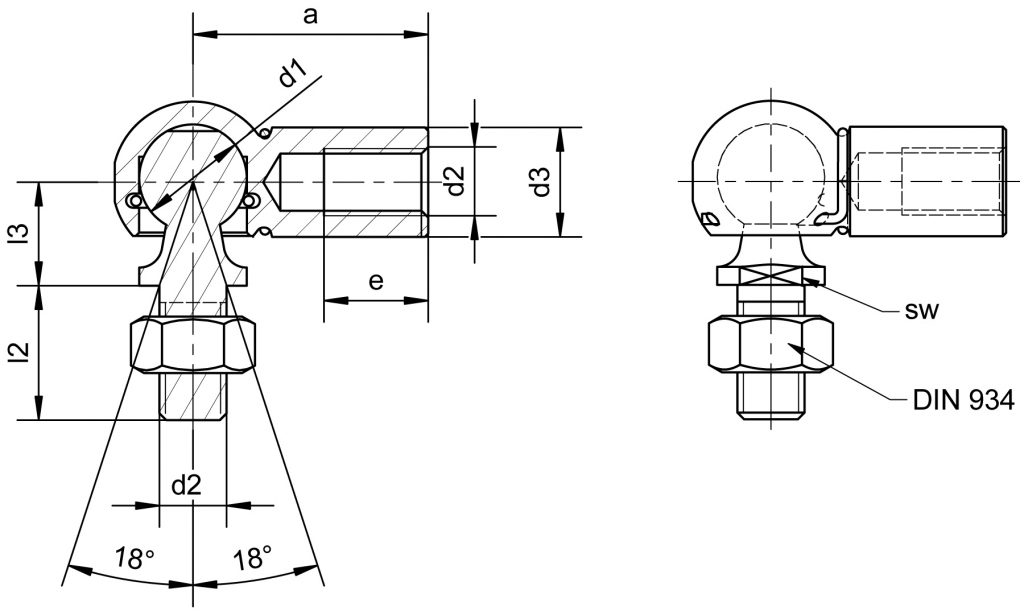Call Us: +0031 (0)541-520044
Email:
info@winco-easylift.nl
Your Company Address
Zutphenstraat 69, 7575 EC Oldenzaal, The Netherlands
Call Us: +0031 (0)541-520044
Email:
info@winco-easylift.nl
Your Company Address
Zutphenstraat 69, 7575 EC Oldenzaal, The Netherlands
These two types of stainless steel (stainless steel) are by far the most common of all types of stainless steel. The Alloy 304 is mainly used in the food industry. The alloy offers good strength versus good material formability. Stainless steel 304 is sensitive to chlorides and acids, which can cause corrosion / rust. Aggressive environments such as seawater and coastal areas may therefore also be unsuitable for 304.
So the big difference between material 304 and 316 is the composition. Stainless steel 316 contains 2% molybdenum, which makes the material more resistant to cracks, stress corrosion cracking and pitting. The molybdenum in the alloy makes the 316 less sensitive to chlorides. This combined with a higher nickel content increases the corrosion resistance of 316. These properties make 316 ideal for humid environments with regular exposure to salt.
For this reason, 316 stainless steel is often recommended for outdoor applications, especially where harsh environmental conditions are present. The applications for the 316 can be found in boat building, laboratories or coastal buildings or machinery.
The price difference between 304 or 316 is in fact less important than the actual choices. When choosing between stainless steel 304 and stainless steel 316, it is important to take into account the environment in which the stainless steel is used. Even though 316 stainless steel is more expensive than 304 stainless steel, if 304 stainless steel suits your situation, you don’t need to buy 316 stainless steel products.
Stainless steel 316 is very resistant to corrosion and has good temperature resistance, which means that equipment can be cleaned with steam. These properties make this material very suitable for use in the food industry where hygiene is an important factor.
Yes, even stainless steel needs care to prevent rust.
Acid rain, sea air, metal particles and other external factors affect the surface of stainless steel.
This is the most commonly used stainless steel variant for fasteners. A2 stainless steel contains chromium and nickel. This type is highly resistant to corrosion under normal conditions. However, if we are dealing with aggressive environments, for example with seawater and chlorine, it is better to use stainless steel A4.
In addition to chromium and nickel, stainless steel A4 also contains molybdenum. Thanks to this composition, the resistance to corrosion is greater. A4 stainless steel can be found everywhere where chlorine or salt plays a role, for example in yacht building or in certain industries. environments
